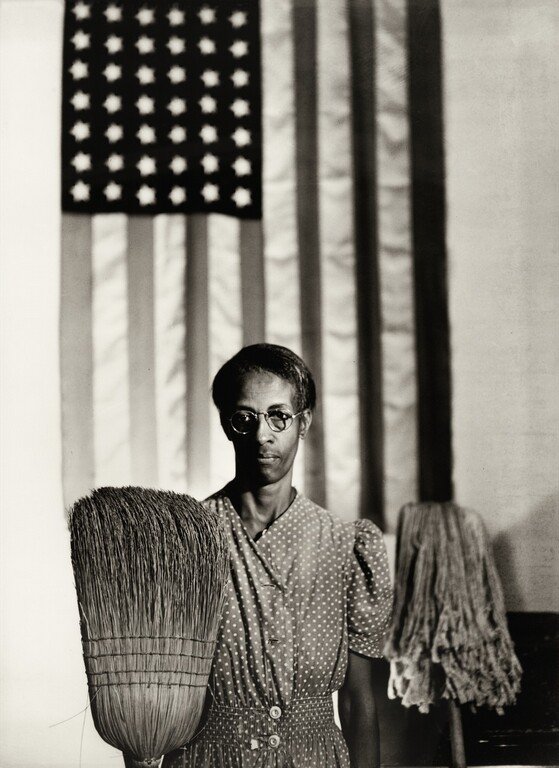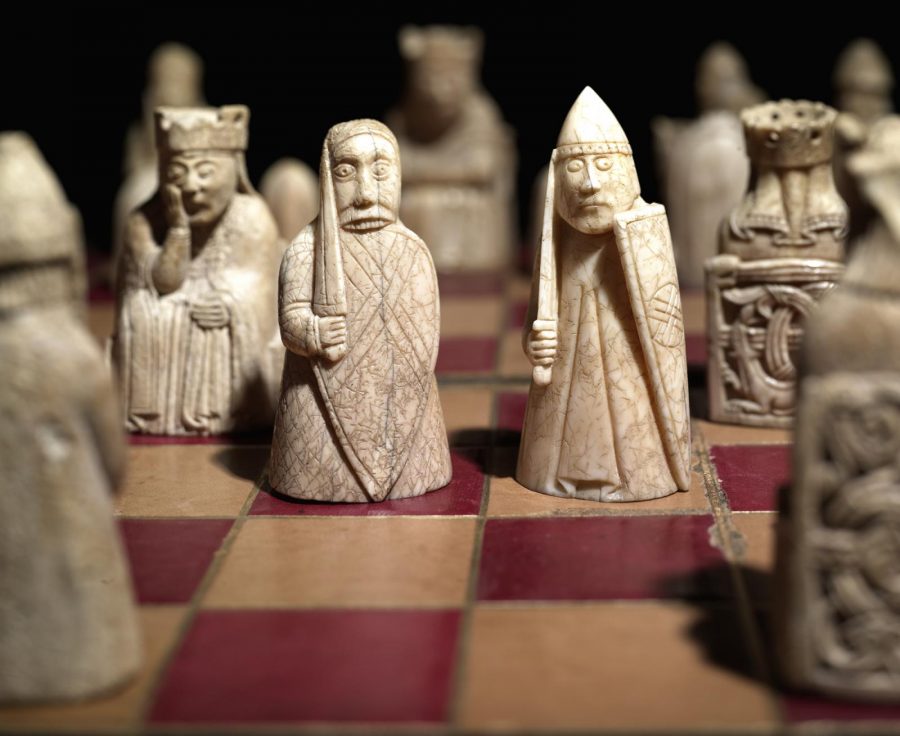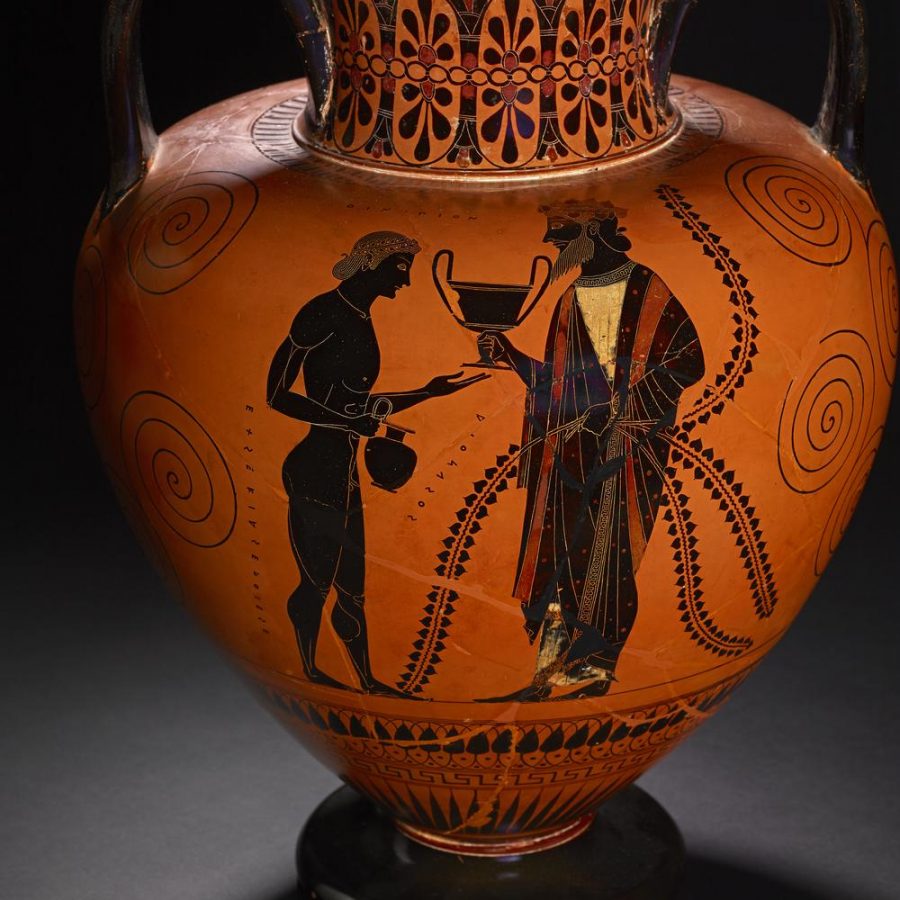Ten years ago, a study by David Harmon and Jonathan Loh showed that in 30 years’ time, the world had seen a twenty percent decline in linguistic diversity. Indigenous languages and local dialects have continued to dwindle, in the U.S. and around the globe. “There are a lot of pressures in the world that are enticing or even forcing people to switch from generally smaller, more geographically restricted languages, to larger languages,” Harmon told National Geographic, “especially global languages like Mandarin Chinese, English, or Spanish.”
This pressure has been exerted on indigenous languages for centuries. Yet hundreds have survived, including Quechua, a family of languages descended from the Inca, and spoken by almost 4 million people in Peru alone. With many more speakers in Bolivia, Argentina, and elsewhere, it is Latin America’s most widely spoken Indigenous language.
It may seem to be thriving, but Quechua speakers are widely treated with contempt in Peru, though they make up roughly 13% of the population. They are the country’s poor and ignored. Quechua has been grossly understudied in academia and until recently has had almost no major media presence.
The language’s absence from centers of power has made it less accessible to newer generations—whose parents would not teach them Quechua for fear of stigmatizing them—and more likely to die out without intervention. It became “synonymous with discrimination” and “social rejection,” says Hugo Coya, director of a recent Peruvian news program entirely in Quechua. Coya aims to change that, as does Peruvian scholar Roxana Quispe Collantes, who defended the first Quechua doctoral thesis last year. Their work will surely have significant impact, but perhaps not nearly as much as the debut of a 14-year-old Peruvian singer and rapper, Renata Flores, who had a viral hit five years ago with her Quechua cover of Michael Jackson’s “The Way You Make Me Feel” (top).
Flores, now 19, has followed up with a string of songs in Quechua that have “brought huge success,” writes Vice, “millions of views on YouTube; features and interviews in Peruvian media and foreign press like The Clinic, Telemundo, El Paid, AJ+ Español, CNN, and BBC; fans in Bolivia, Ecuador, Chile, Argentina, Guatemala, Dominican Republic, Costa Rica, Puerto Rico, Mexico, the United States, Spain, Italy, China, Algeria, and counting. And with it, Flores is challenging the very way people value languages, especially indigenous ones.” Her music may speak the language of a specific region, but does so in a global idiom, combining “trap, hip-hop, and electronic influences with Andean instruments.”
Flores’ success in bringing such widespread attention to Quechua shows another major cultural shift of the past few years. Internet culture, once assumed to be ephemeral and of little lasting value, has become the coin of the realm, as academic humanities struggle, political institutions implode, and journalism fails. The joke so often goes that historians of the future will have to fill textbooks (or interactive virtual reality lessons) with tweets, posts, and memes. Viral YouTube stars like Flores are also making history, their videos primary documents of how a language that is marginalized in its home country reached out and found millions of fans around the world.
“The message conveyed to Quechua speakers” by most treatments of their culture in Peru, “is that their identities are part of the region’s past,” writes Julie Turkewitz in a New York Times profile of Flores. Harmon makes a similar connection: “there is a strong possibility that we’ll lose languages that people are using as their main vehicle of expression, which they may regard as one of the linchpins of their self-identity.” When national narratives, media, and education relegate a contemporary language to a pre-colonial past, it tells millions of people they essentially don’t exist in the modern world. Flores, who grew up with Quechua, counters that message with style.
Flores and other Quechua singers not only reaffirm their cultural identity, but they put their language in conversation with contemporary pop music and political concerns. Taking on “female power, government corruption, war and international pop culture polemics,” writes Turkewitz, Flores continues a legacy her one-time musician parents helped launch decades earlier, a Quechua-language blue-rock movement called Uchpa. Now her family helps her record her own songs in their music school. But like most young artists she began with covers. See her play a Quechua version of “House of the Rising Sun” as a 14-year-old contest winner, further up; see her very first concert, at the same age, in her hometown of Ayacucho, below. And see what she’s been up to since then in the videos above and on her YouTube channel.
Related Content:
Josh Jones is a writer and musician based in Durham, NC. Follow him at @jdmagness
















